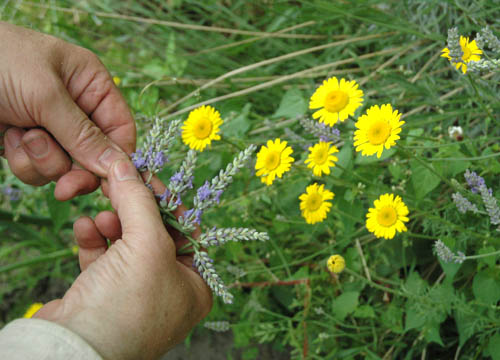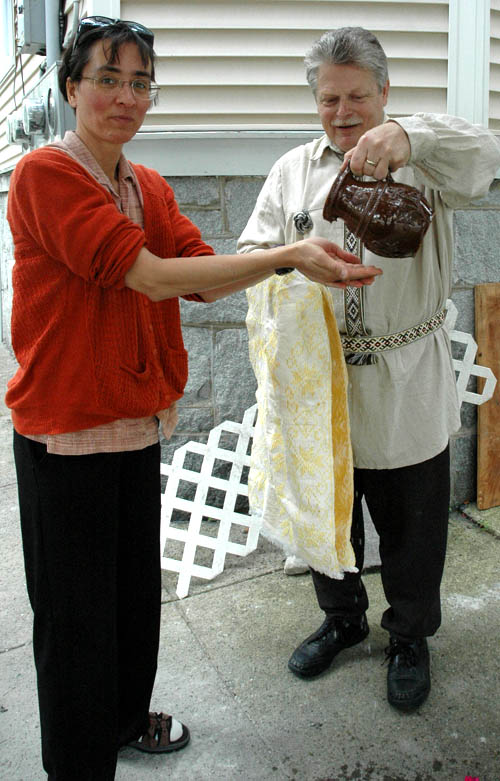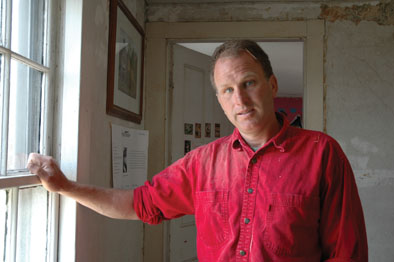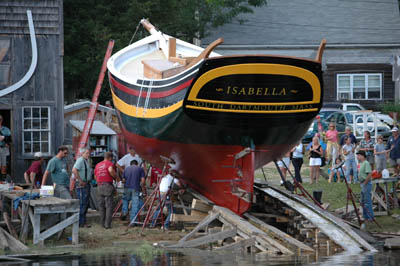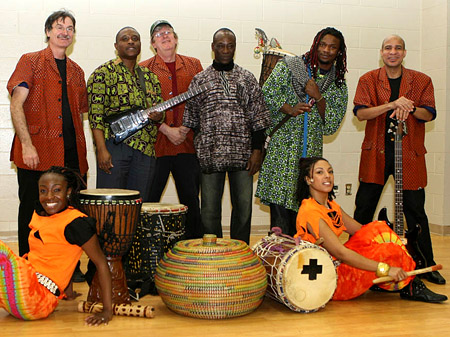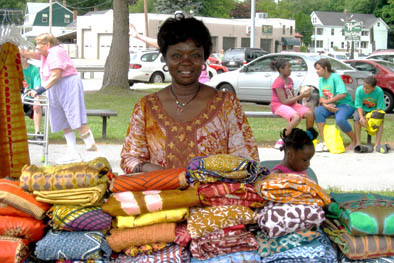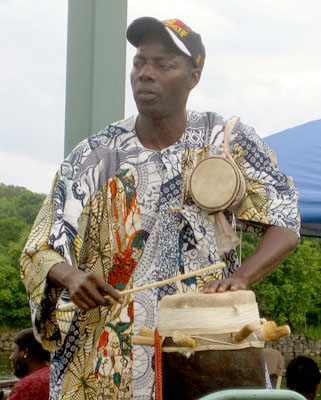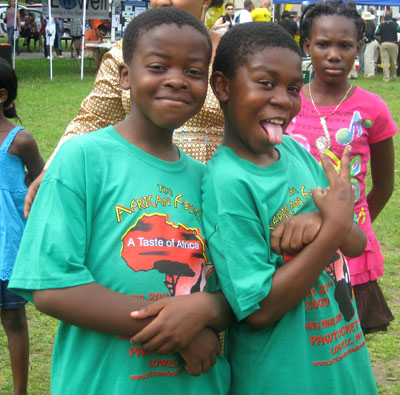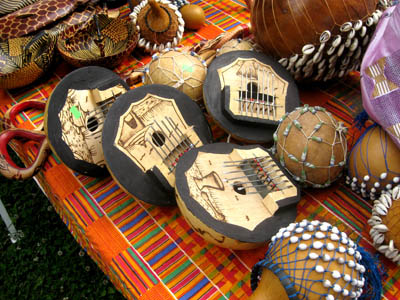
A blessing ceremony for the new Cambodian wood fire kiln took place in Lowell on June 28. In order to ensure a successful project, the potters Yary Livan and Proeung Kang made offerings and prayed to the designer of Angkor Wat, King Suryavarman II, whom Yary calls “the hero of construction.” Proeung just arrived from Cambodia where he teaches at the Secondary School of Fine Arts. He and Yary both grew up in the same village along the Mekong Delta and have known each other since childhood.
Two Buddhist monks in bright orange robes from the Wat Khmer Temple in Lowell came for the occasion. On the altar, Yary prepared offering of grapes, apples, cherries, and a whole roasted chicken (complete with dipping sauces!), next to a vase of freshly picked flowers.


Marge Rack, professor of art at Middlesex Community College (MCC), gave a welcoming address, translated by Tooch Van, International Student Advisor at MCC, to the approximately fifteen people attending. She said that this project was “a dream come true,” and it was her vision to build a ceramics community that not only included Lowell but Cambodia as well.
Celeste Bernardo, the new Superintendent of Lowell National Historical Park, said that “heritage is made strong by the many cultures in our community,” and that the Lowell community helps spread and continue traditions of the Cambodian people.

A clergyman, or achar, lit three tall white candles placed on an orange brick, and gave an introduction in both Sanskrit and Pali, the liturgical language of Buddhism. The two monks chanted the Dhamma in Sanskrit while dipping flowers into pottery bowls of water and sprinkling water over the kiln’s foundation.
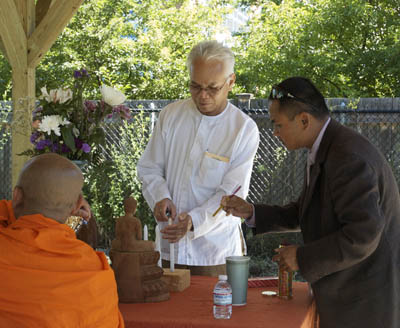

At the altar, Yary lit a candle,while Proeung poured pinot grigio over the chicken. Holding a bundle of incense sticks, Yary prayed and chanted over the offerings, then placed one burning incense stick each into an apple, a grape, a cherry, and the chicken.


Cambodian customs are a mix of animism, Hinduism, Buddhism. The altar incorporated the symbolically important Hindu number of seven. Yary said traditionally the altar holds seven different kinds of food and seven kinds of fruit, what he called “seven times seven.”

The art department of MCC had generously presented Yary and Proeung with a hand truck so they wouldn’t hurt their backs! They will be helped by Samnang Khoeun, an architect and Yary’s former apprentice, and Vanny Hang, a sculptor from Lawrence who is a specialist in Khmer ornamentation. The artisans collaborate together in their studio in the Western Studios building in Lowell. To follow progress on the kiln project, click here.
Photos by Maggie Holtzberg. Group shot by Samnang Khoeun.


